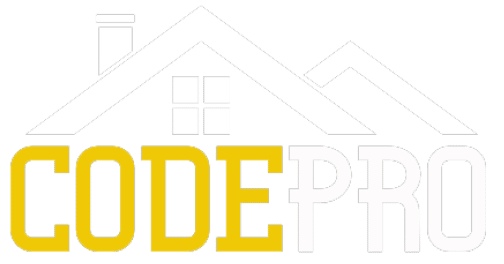West Virginia
Updated 3/15/2025
Overview
West Virginia enforces a minimum statewide building code, with the State Fire
Commission overseeing adoption and enforcement. Local jurisdictions are required to
adopt and enforce the state’s minimum building standards but have the option to propose
more stringent amendments if approved by the State Fire Commission.
Local jurisdictions cannot adopt codes that are less restrictive than the statewide code. Any local amendments must be justified based on local conditions and must not contradict state law. While local building officials are responsible for enforcement, they must follow the state-adopted codes unless specific, approved amendments apply.
Local jurisdictions cannot adopt codes that are less restrictive than the statewide code. Any local amendments must be justified based on local conditions and must not contradict state law. While local building officials are responsible for enforcement, they must follow the state-adopted codes unless specific, approved amendments apply.
CodePro Uses the Following Codes for Answers:
- 2018 International Residential Code (IRC)
- 2018 International Plumbing Code (IPC)
- 2020 National Electrical Code (NEC)
- State Amendment Document (Amends Code Above)
Additional Resources:
State-Specific Website – Official site for West Virginia building codes.
West Virginia’s hybrid adoption model allows local jurisdictions to choose whether to enforce the state-adopted codes, meaning local amendments and additional requirements may apply
West Virginia’s hybrid adoption model allows local jurisdictions to choose whether to enforce the state-adopted codes, meaning local amendments and additional requirements may apply
- Adoption Category
Hybrid
- Amendments
State & Local
Hybrid Adoption
A hybrid adoption system means codes can vary at state and local level. Many times the
state establishes a base code for building regulations and local jurisdictions then have the
authority to amend or adopt more stringent requirements. This allows flexibility for cities
and counties to tailor codes to their specific needs while maintaining a foundational
standard set at the state level.
